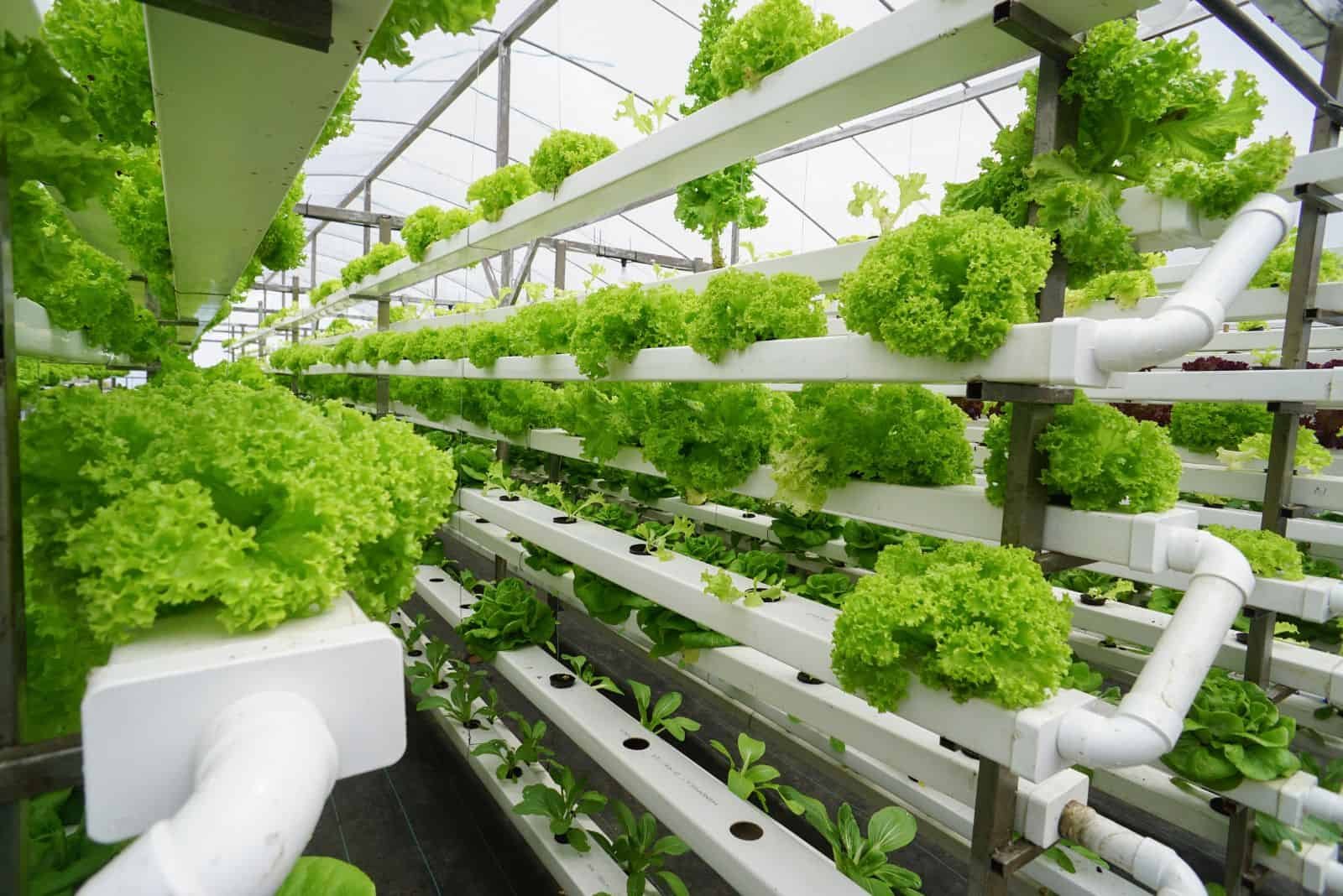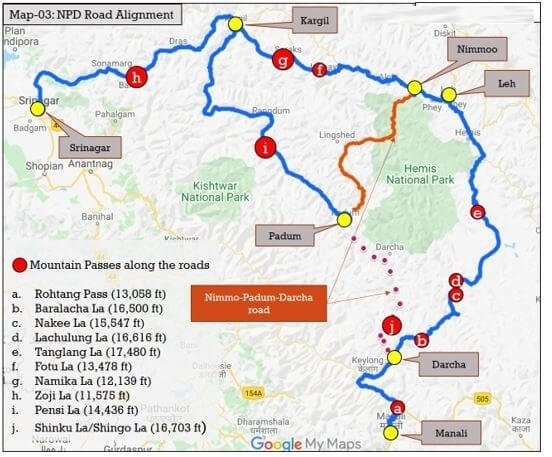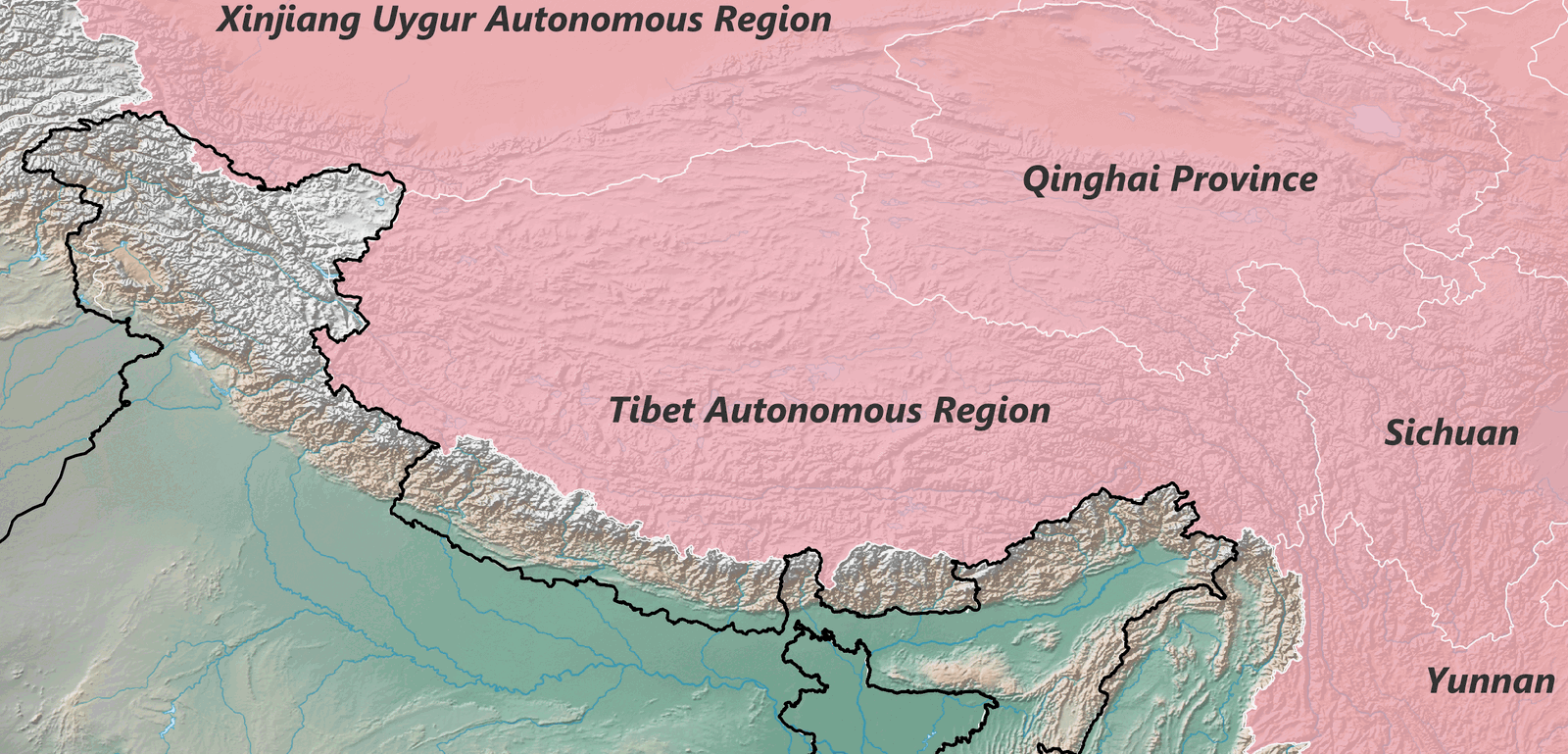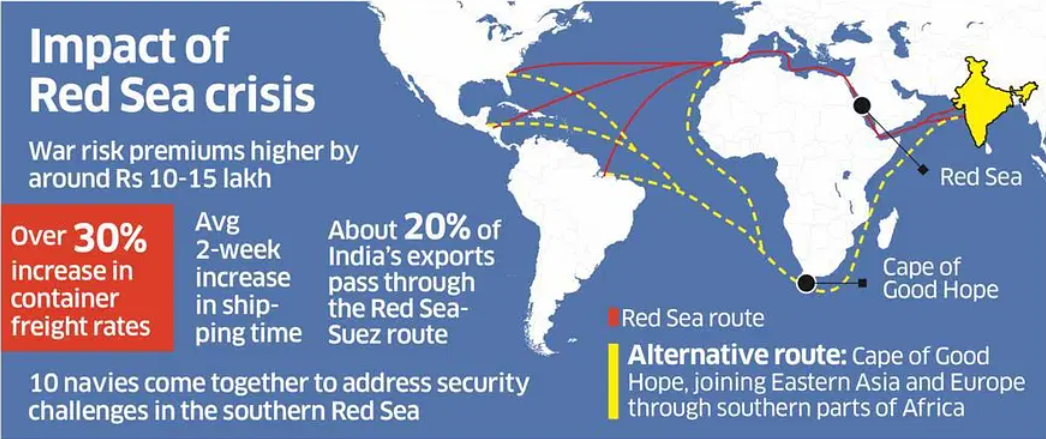
Current Affairs July 29, 2023: Self-Reliant India Fund, RBI’s Digital Payments Index, PMBJP, Asian Development Bank, Nyaya Vikas Portal
Subscribers of "Current Affairs" course can Download Daily Current Affairs in PDF/DOC
Subscribe to Never Miss an Important Update! Assured Discounts on New Products!
Must Join PMF IAS Telegram Channel & PMF IAS History Telegram Channel
{GS3 – IE – MSMEs – 2023/07/29} Self-Reliant India Fund (SRI Fund)
- Context (PIB): SRI Fund is set up to infuse Rs. 50,000 crores as Equity Funding in MSMEs with the potential to grow and become large units.
- The Finance Minister announced the creation of a Fund of Funds for MSMEs under the Atmanirbhar Bharat package in 2020 to address the shortage of funds MSMEs face in securing growth capital.
- Consequently, NSIC Venture Capital Fund Limited (NVCFL), a 100% subsidiary of the National Small Industries Corporation Limited (NSIC), was set up.
|
Working of the Fund
- SRI Fund operates as a mother-fund and daughter-fund for equity/quasi-equity investments.
- In this ‘Funds-of-Fund’ investment strategy, SRI Fund (mother-fund) shall invest in SEBI-registered NVCFL Alternative Investment Funds (daughter funds), which shall, in turn, invest in MSMEs.
- The Daughter Funds shall invest at least five times the amount of capital contribution received from the SRI Fund (mother-fund) in MSMEs covered under the MSME Development Act, 2006.
Types of Funding
Advantages and Disadvantages of Equity and Debt Funding
|
{GS3 – IE – RBI – 2023/07/29} RBI’s Digital Payments Index (RBI-DPI)
- Context (HBL): The RBI’s Digital Payments Index (RBI-DPI) reached about 395 in March 2023, up from 377 in September 2022. This indicates that the level of digitalisation in payments is growing.
- According to RBI, digital payments saw a year-on-year growth of over 13% at the end of March 2023.
- The increase in the index was attributed to substantial growth in payment infrastructure. This includes the growth of mobile wallets, UPI, and other digital payment methods.
RBI’s Digital Payments Index
- RBI-DPI is a semi-annual index that measures the level of digitalisation in payments nationwide.
- It consists of five main parameters with varying weights:
- Payment Enablers (weight 25%): it measures the availability of digital payment infrastructure.
- Payment Infrastructure – Demand-side factors (10%): it measures consumer and business demand for digital payments.
- Payment Infrastructure – Supply-side factors (15%): it measures the supply of digital payments from banks and other financial institutions.
- Payment Performance (45%): it measures the efficiency and effectiveness of digital payments.
- Consumer Centricity (5%): it measures the extent to which digital payments are convenient.

{GS2 – Health – Initiatives – 2023/07/29} PMBJP
- Context (PIB): Pharmaceuticals and Medical Devices Bureau of India (PMBI) has added new products under Pradhan Mantri Bhartiya Janaushadhi Pariyojana (PMBJP).
- PMBJP was launched by the Department of Pharmaceuticals, Ministry of Chemicals and Fertilizers (MoC&F) in 2008 to make quality generic medicines available at affordable prices to all.
- It is operated by government agencies as well as by private entrepreneurs.
- It is implemented by the Pharma and Medical Bureau of India (PMBI – MoC&F).
Objectives
- Provide quality medicines for everyone, especially the poor and deprived people.
- Raise awareness about generic medicines to break the notion that only expensive means quality.
- Generate jobs by involving entrepreneurs in opening PMBJP Kendra.
Salient features
- Prices of Jan Aushadhi medicines are 50%-90% less than branded medicines in the open market.
- Medicines are procured only from WHO Good Manufacturing Practices (WHO-GMP) certified suppliers to ensure the quality of the products.
- Each batch of drugs is tested at laboratories accredited by the ‘National Accreditation Board for Testing and Calibration Laboratories (NABL)’ to ensure the best quality.
Ayushman Bharat
Health Wellness Centre
Pradhan Mantri Jan Arogya Yojana (PM-JAY)
Benefits
National Health Authority (NHA)
National Accreditation Board for Testing and Calibration Laboratories (NABL)
Pharma and Medical Bureau of India (PMBI)
Nutraceutical
|
{GS2 – IR – Regional Institutions – 2023/07/29} Asian Development Bank
- Context (PIB): GoI and the Asian Development Bank (ADB) signed a $200 million loan for expanding urban services in Rajasthan.
- Asian Development Bank (ADB) is a financial institution established in 1966.
- It has its headquarters in Manila, Philippines.
- It was conceived in the early 1960s as a financial institution that would be Asian in character and foster economic growth and cooperation in the Asia-Pacific region.
- It aims to make Asia and the Pacific prosperous, inclusive, resilient, & sustainable while tackling poverty.
- ADB promotes private sector development, gender empowerment, regional integration, etc.

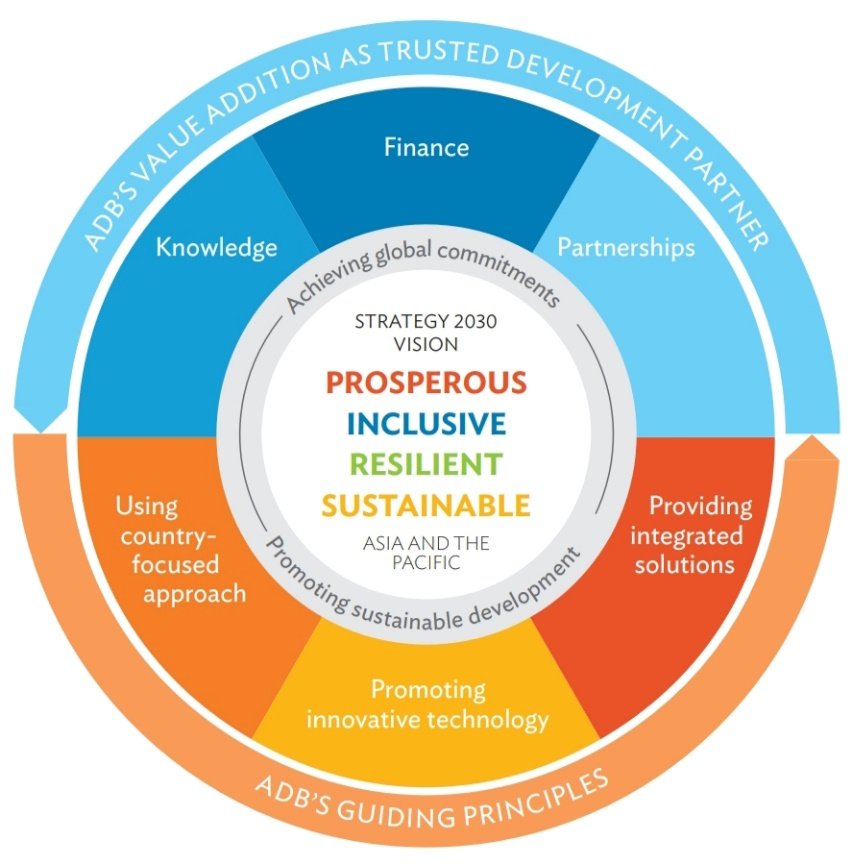
Functions
- ADB assists its members and partners by providing loans, technical assistance and grants.
- It focuses on projects that help promote private investments in the region that will have a significant development impact and lead to accelerated, sustainable, and inclusive growth.
- Eighty per cent of ADB’s lending is concentrated public sector lending in five operational areas:
- Education
- Environment
- Regional Cooperation
- Finance sector development
- Private sector lending
Membership
- ADB has 68 members (originally 31).
- 49 members are from Asia and the Pacific.
- 19 members are from outside the Asia Pacific region.
Contribution of member states and Voting
- The ADB was modelled closely on the World Bank/IMF and has a similar weighted voting system where votes are distributed proportionately with members’ capital subscriptions.
- Contributions:
- Japan and USA (15.7 % each)
- China (6.4 %)
- India (6.3 %)
- India is a founding member of ADB and the bank’s fourth-largest shareholder.
- ADB aligns its operations in the country to the government’s developing priorities.
Strategy 2030
- Strategy 2030 sets out what ADB should do to respond to the changing needs of the Asia-Pacific.
- Under Strategy 2030, ADB will sustain its efforts to eradicate extreme poverty and expand its vision to achieve a prosperous, inclusive, resilient, and sustainable Asia and the Pacific.
- To achieve Strategy 2030’s vision, ADB will focus on seven operational priority areas.

Issues
- Since the early days of ADB, it has been plagued by criticism that the two significant donors, US and Japan, have had extensive influence over lending, policy and staffing decisions.
- The Chairmanship of ADB is always allotted to Japan.
{GS3 – Infra – Admin – 2023/07/29} Development of Infrastructure for the Judiciary
- Context (PIB): Nyaya Vikas portal for monitoring the Development of Infrastructure for the Judiciary.
- The primary responsibility of developing infrastructure facilities for the judiciary rests with the States.
- To augment the resources of the State/UT Governments, GoI has been implementing a Centrally Sponsored Scheme for the Development of Infrastructure Facilities for the Judiciary since 1993-94.
- The funds-sharing pattern is 60:40 for states, 90:10 for NE and the Himalayan States and 100% for UTs.
- It covers the construction of court buildings, residential accommodations for Judicial Officers, Lawyers’ Halls, Digital Computer Rooms, and Toilet Complexes in District and Subordinate Courts.
- For monitoring the status of the projects, three monitoring mechanisms have been provided:
- High Court Level Monitoring Committee at the State level.
- Central Level Monitoring Committee in the Department of Justice.
- Nyaya Vikas Online monitoring system
Nyaya Vikas Portal
- Nyaya Vikas portal is a web portal and mobile app launched in 2018.
- It is a user-friendly platform for monitoring judicial infrastructure projects.
- It provides data on the physical and financial progress of the projects under the Centrally Sponsored Scheme for the Development of Infrastructure Facilities for District and Subordinate Judiciary.





![PMF IAS Environment for UPSC 2022-23 [paperback] PMF IAS [Nov 30, 2021]…](https://pmfias.b-cdn.net/wp-content/uploads/2024/04/pmfiasenvironmentforupsc2022-23paperbackpmfiasnov302021.jpg)

